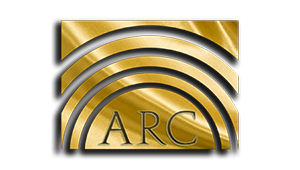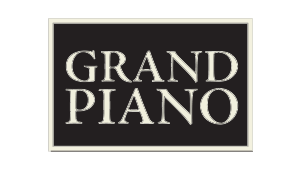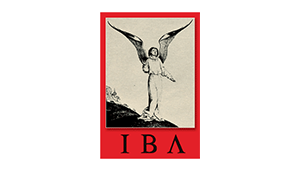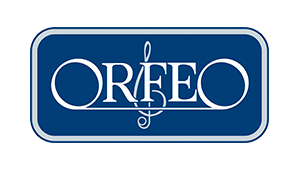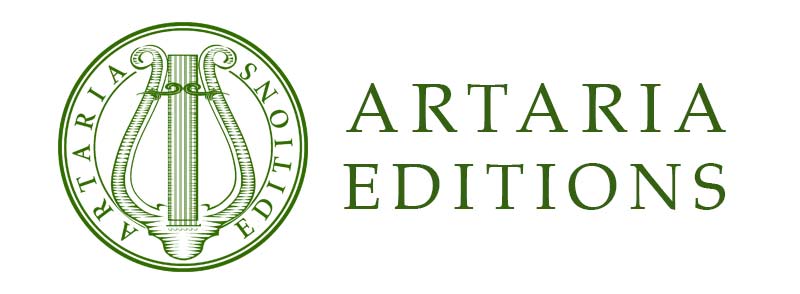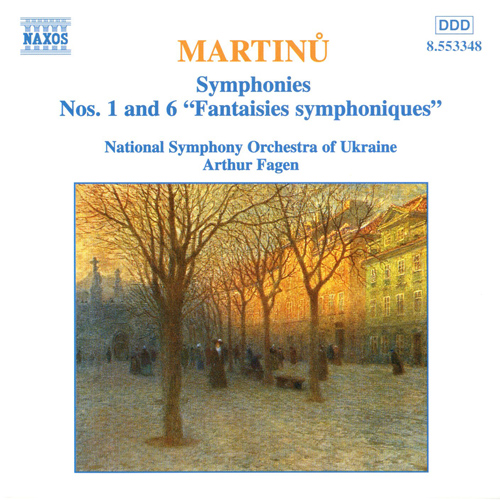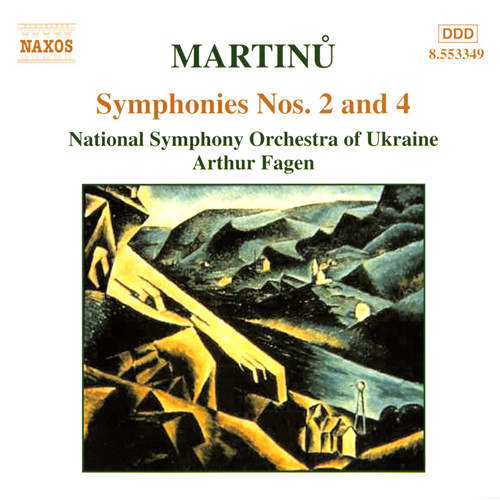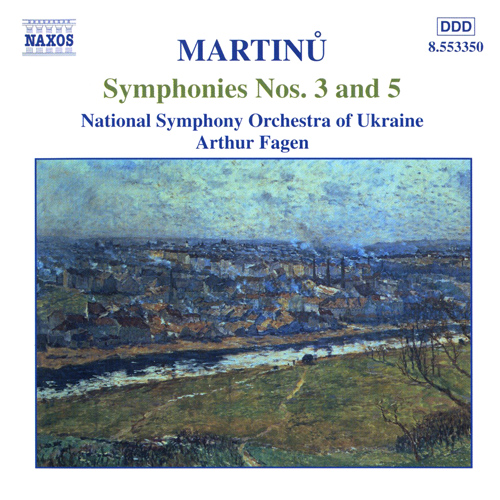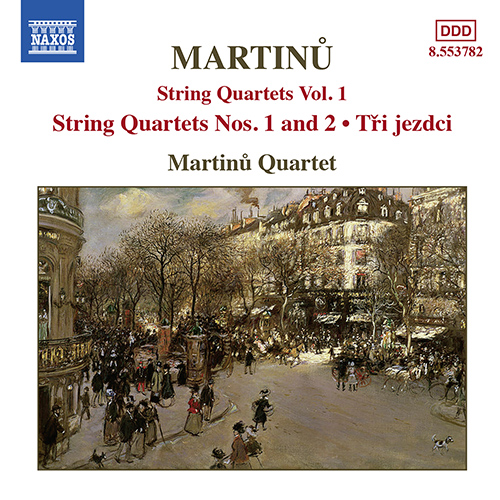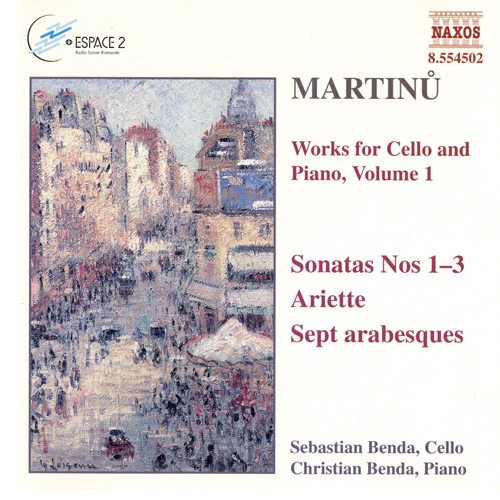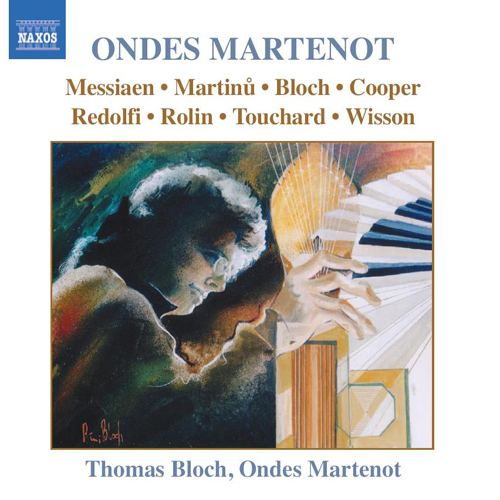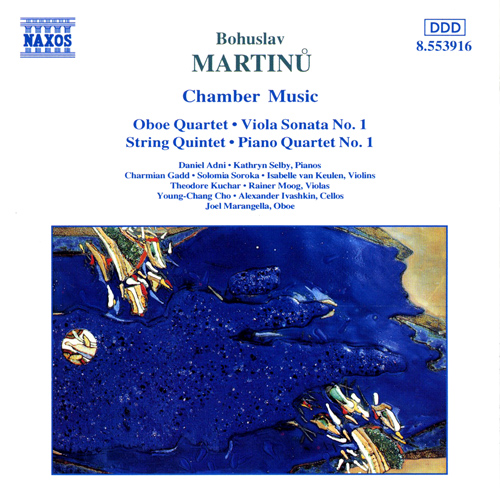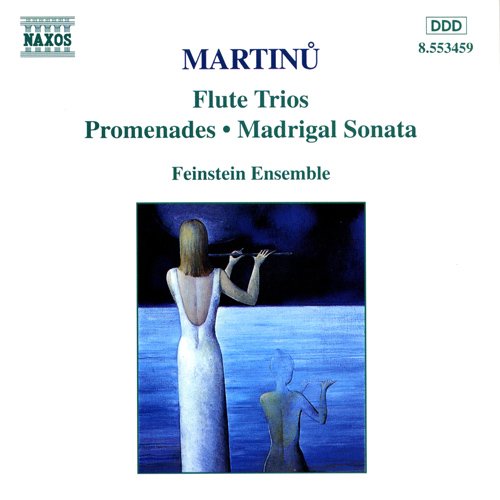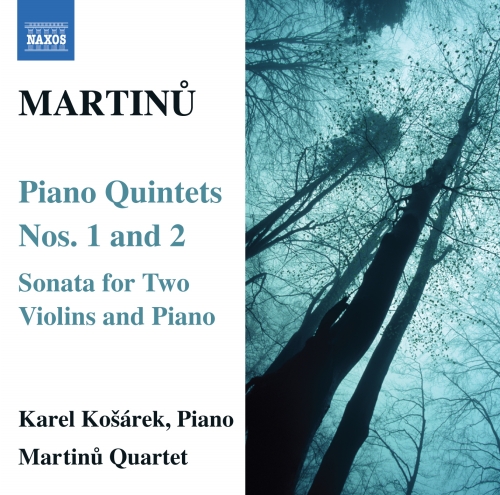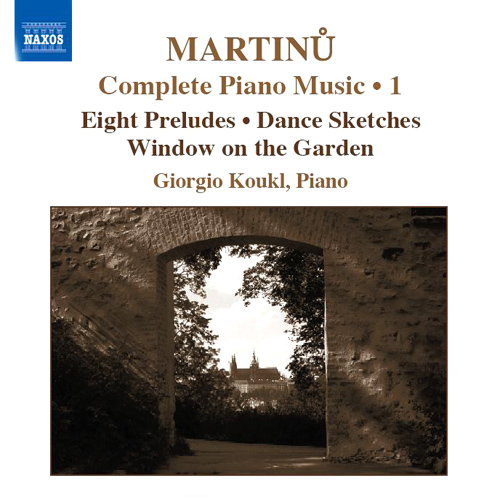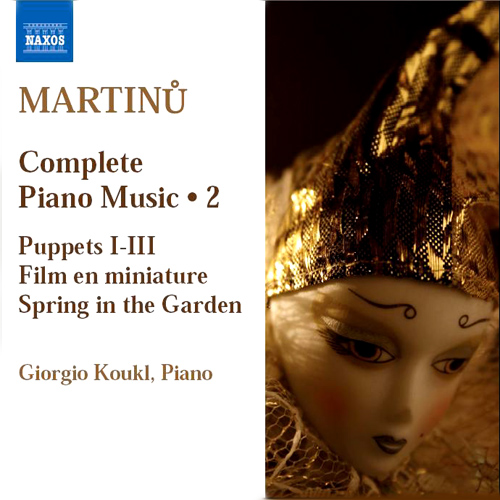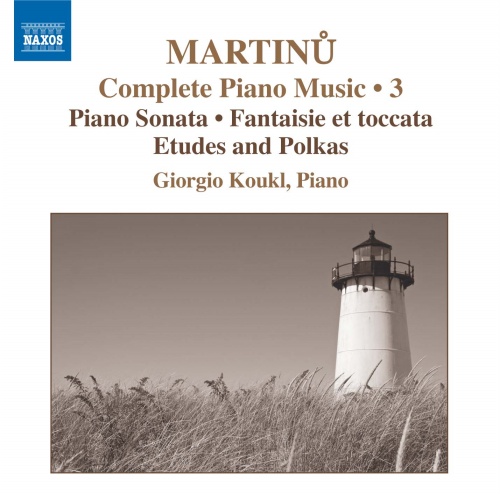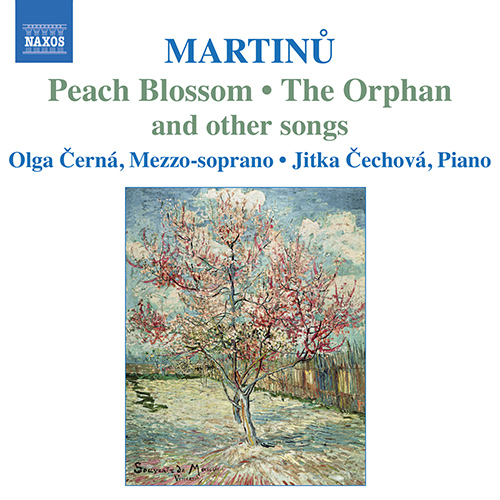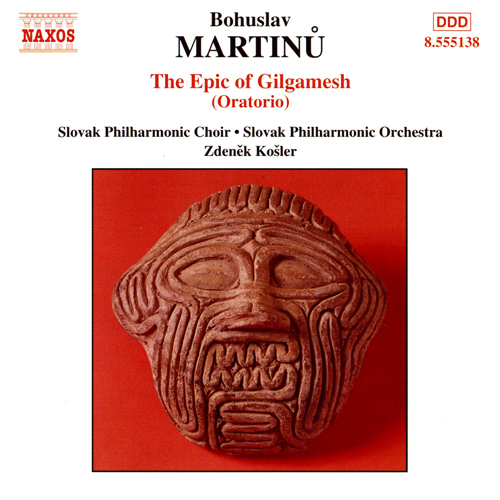Bohuslav Martinů entered the Prague Conservatory in 1906 to study the violin and, later, the organ. He left the Conservatory in 1910 to focus on composition. In 1923, he left Czechoslovakia for Paris; he moved to the US during the Second World War, remaining there until 1957. Although he spent most of his creative life away from his native Czechoslovakia, Martinů is the most prominent Czech composer of the 20th century, second only to Janáček.
Although Martinů became a full-time composer only in his late 20s, he wrote in virtually every instrumental and vocal genre, from small piano works to orchestral works and full operas and ballets. Trained in the Romantic music styles, he abandoned this after WWI and embraced more radical styles such as jazz and neo-classicism. He combined these with Czech folk melodies to create a voice unique not in only Czech music but also in international music. He wrote for instruments as old-fashioned as the harpsichord, as used here in a flute ensemble piece (8.553459) and as cutting edge as the electronic instruments the theremin and the ondes martenot (8.555779). He also wrote piano music (8.557914, 8.557918, 8.557919), works for cello and piano (8.554502, 8.554503), string quartets (8.553782, 8.553783, 8.553784), symphonies (8.553348, 8.553349, 8.553350) and operas (8.555138).
Join our special musical tour. Highlights include the complete symphonies and strings quartets, as well as a new release (8.570215) form Naxos’ ongoing recording project of the complete piano music.



